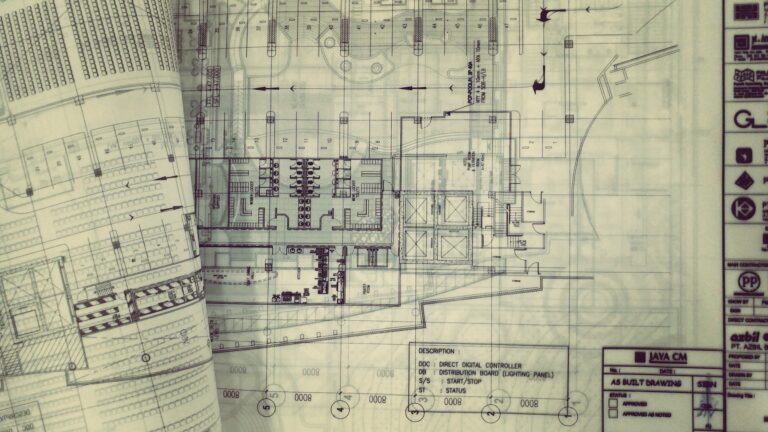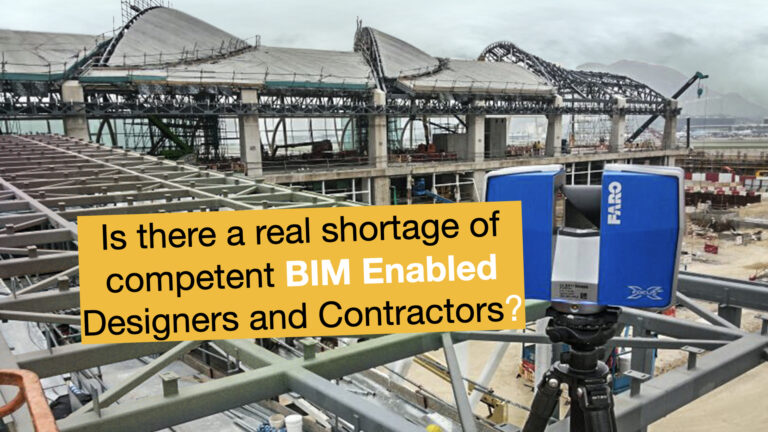BIM continues to broaden it’s reach. And now two seemingly different design tools are merging to form a complete suite of building analysis and design tools! Is Green BIM the next evolution?
How will common BIM tools like Revit interact with energy analysis software such as IES?
Who’s going to know how to use the tools effectively?
During my preparation for a presentation at the GreenBuild Asia 2008 conference I read about integrated solar panels, both for hot water generation and the more common PV (photovolatic) panels used to generate electricity. I also did some research on urban wind generation, rain harvesting systems and my brother Darragh gave me some useful info on geothermal technology.
The research all pointed to a real problem, these systems are only bandaids for energy over-use and clever marketing tools. Unless we, the building design community, design energy efficient buildings with integrated solar shading, effective ventilation and smart building management systems, I think we are all kidding ourselves!
As more and more Architects start to use Revit, ArchiCAD, Triforma and other BIM modelling tools it is certainly quicker and easier for building services engineers and other specialists to provide sustainable design advice. They can easily see and understand the architects design and can input ideas and knowledge at a very early phase in the design process.
I’m an engineer and we prefer to use precise analytical tools. Software such as IES can be used to calculate exact solar gain inside a building, lux levels for natural and electric lighting, sun shade paths around buildings and a lot more. The software can determine the total power consumption for a building. Up until very recently this analysis was separate from the normal design process.
Now an Architect can create a building form, add facade design information and performance characteristics, include solar shading devices and then within Revit, calculate the solar gain for each day of the year within the digital building. The heating and cooling calculations can automatically include this data to determine the thermal loads, duct sizes, equipment specifications etc.
We, the design community, have the necessary tools to determine the most energy efficient design for a building, assess numerous different options, configurations and materials. We can calculate the energy consumption per square metre per annum and advise our clients how much energy their buildings will consume and inform them about many tons of carbon dioxide they will produce.
So, here’s the real issue….
Do clients know that architects and engineers have access to these tools?
Do clients and architects REALLY know how to calculate the energy consumption for a building?
Do architects and engineers know how to use these different software applications to create co-ordinated integrated designs with multi-discipline design input?
Our team at InteliBuild are doing research on the software tools and we are beginning to work closely with engineers and other specialists who know how to use Energy Analysis software.





